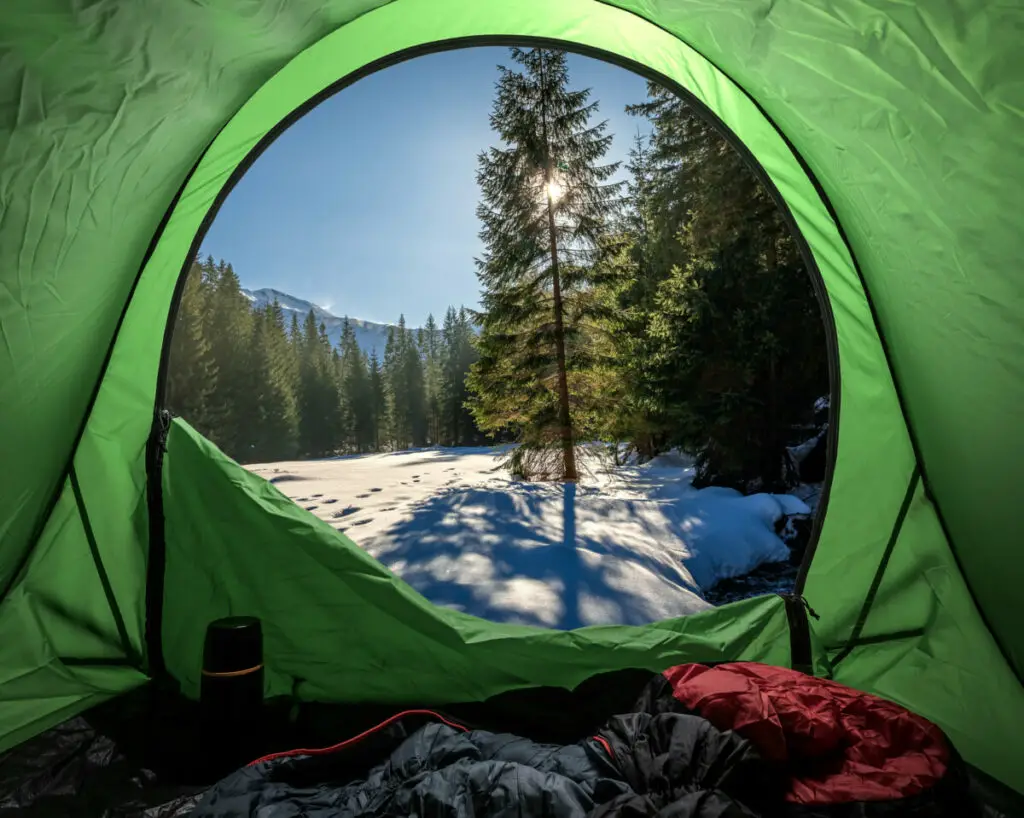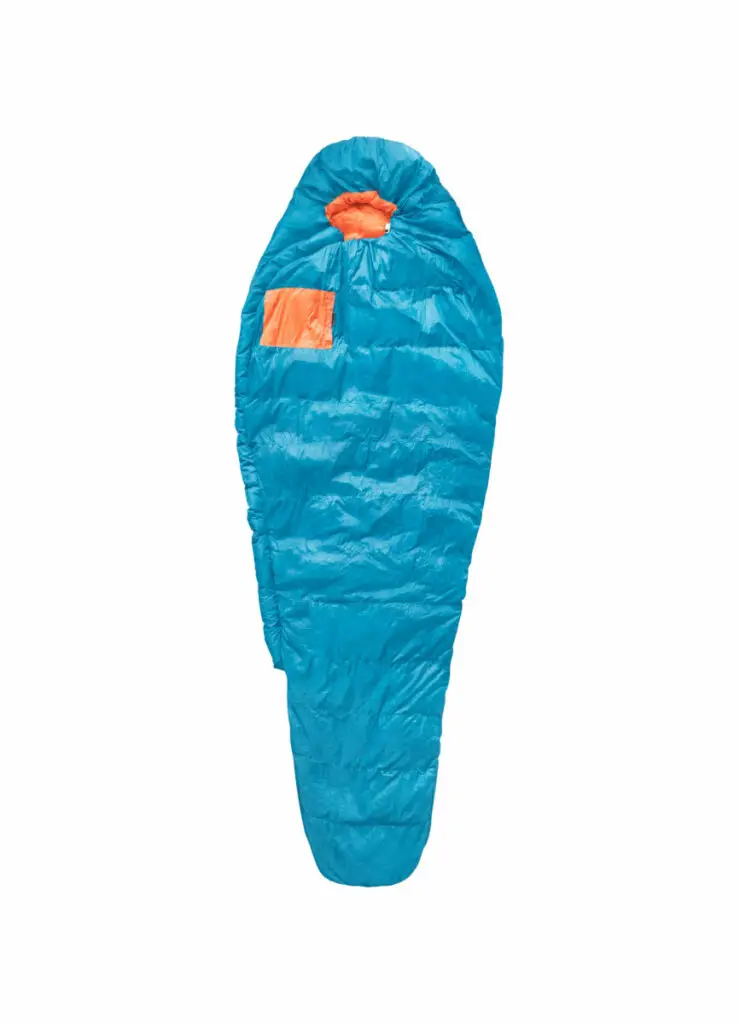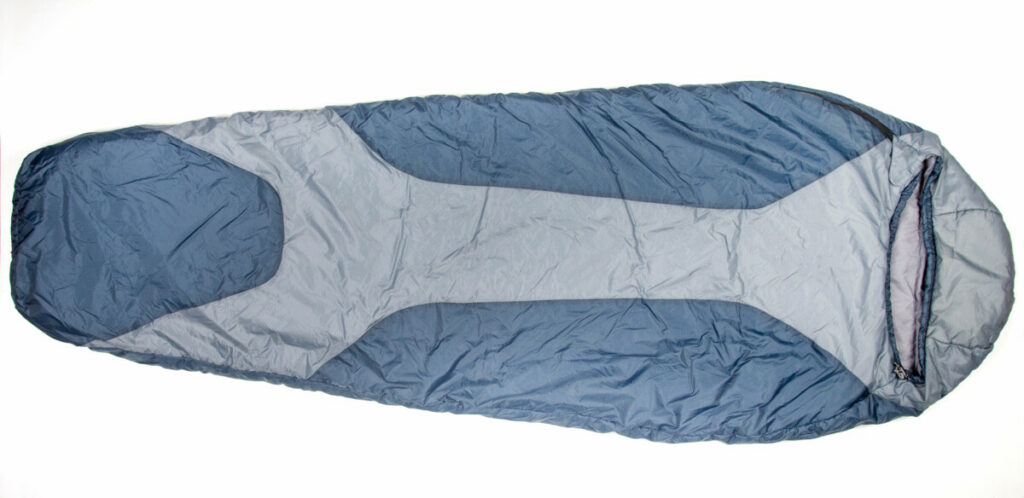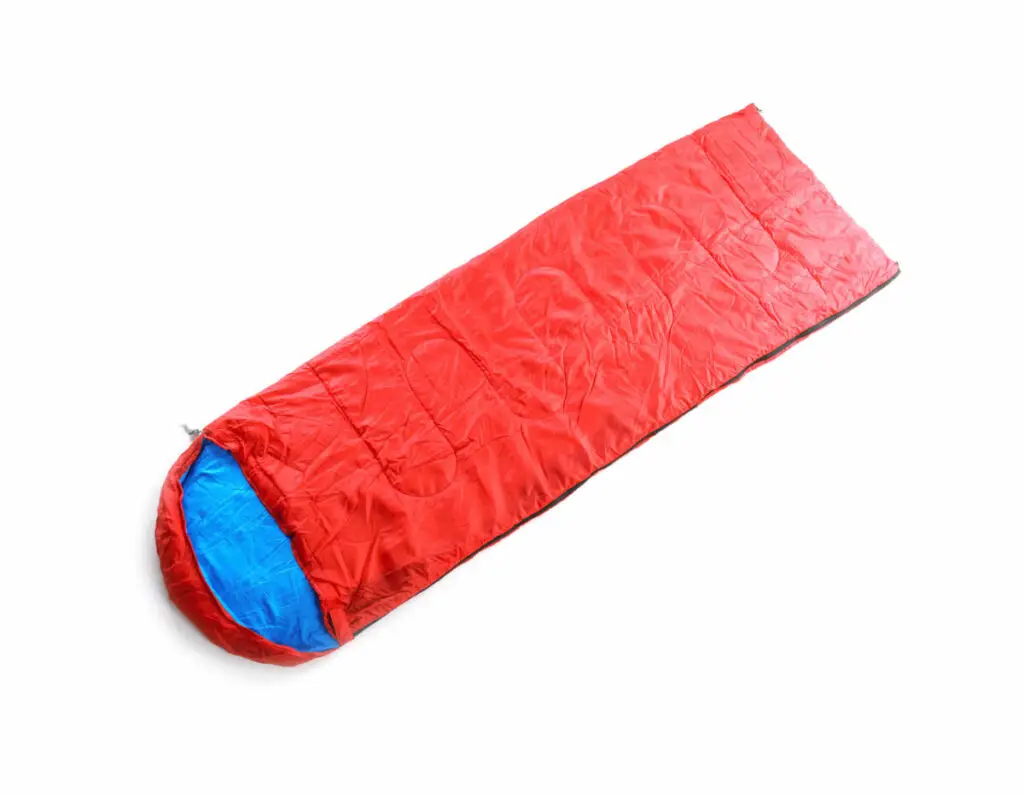
Are you looking into buying a new sleeping bag? There are so many options to choose from that it can become overwhelming to find one that suits your needs. If warmth is important to you, you may be considering getting a tight-fitting mummy bag.
Mummy bags are warmer than regular sleeping bags. They can be cinched tight around one’s face, and have a tighter fit and less surface area than the average sleeping bag. As a result of these features, mummy bags provide better insulation which contributes greatly to the user’s warmth and comfort.
Although mummy bags are generally the warmest sleeping bag you can buy, they aren’t the best option for everyone. Going forward, we will discuss more in depth the features of different types of sleeping bags so that you can ensure that you’re buying the bag that is best suited to your needs.
Different Types of Sleeping Bags
There are four main types of sleeping bags which include mummy bags, semi-rectangular bags, rectangle bags and double bags. To start off, we will define what each bag is. After that, we will discuss different aspects of the bags, including why the mummy bag is the warmest type of sleeping bag on the market. From further insight into the features of specific bag styles, we will then be able to help you decide which bag is best suited for you and your needs.
Mummy Bags
Mummy bags are tight-fitting – almost to the point of being body-conforming. Although they can feel constrictive or claustrophobic to some, many enjoy the fact that mummy bags toss and turn with you throughout the night. They are the warmest bags available and are generally very light weight.

Semi-Rectangular Bags
Semi-rectangular bags are also known as “modified mummy” bags or tapered bags. These sleeping bags are still warm but lose a bit of heat to give users a little more wiggle room. Tapered bags are kind of an inbetweener, combining some aspects of rectangle and mummy bags alike.

Rectangle Bags
Rectangle bags, given their name, are in the shape of a rectangle. This gives users lots of room. These bags are also versatile and can be used as a blanket or comforter unzipped.

Double Bags
Double bags are similar to rectangular sleeping bags but are designed to sleep two people. They are great for couples or people that are looking to share body warmth. If you are wanting to purchase a double bag, but don’t always want to be forced to sleep with your partner or someone else, you might want to just buy two rectangular bags that zip together.
How to Pick the Best Bag for You
Lots of factors go into making a good sleeping bag. For example, how warm a sleeping bag is can be affected by its size, type of insulation, and level of water resistance among other things. Now let’s dive into discussing the different features of sleeping bags that affect their warmth and comfort levels.
Size
The size and fit of a sleeping bag greatly affect its warmth. It may seem like a good idea or easier to just buy a sleeping bag online, but it is important to get a bag that fits you well and allows you to maximize your warmth. Smaller, tighter-fitting bags like a mummy bag, provide the most warmth because they have the least extra air to heat up inside the bag.
One avid camper described that, “… with same insulation thickness, and the same temperature differential, you lose more heat when one bag has more surface area than another. Larger bags have more surface area, and lose more heat.”
With that insight in mind, we logically know that mummy bags are the warmest, then tapered bags, with the least warm being a rectangle or double sleeping bag. Comfort, however, is still a factor and if you tend to get claustrophobic, it very well may be worth it to give up a little heat in turn for getting a little more space.
Weight
Weight is an important factor to consider while buying a sleeping bag, not for the warmth factor, but the type of activity you plan on doing. Lighter sleeping bags like a mummy or modified mummy bag are lighter and better suited for backpackers. On the other hand, rectangle and double bags are more catered to the needs of day campers.
Insulation
The insulation of your bag is arguably the most important factor in determining how warm you will be in it. With two common lightweight types of insulation used in sleeping bags, it is a common debate of “which is better” in the camping community. Some swear by synthetic insulation, while others argue that the more traditional down insulation is the best.
Synthetic insulation is the most affordable of the two and is non-allergenic. The biggest plus to having synthetic insulation in your sleeping bag is that it not only dries fast but continues to provide insulation while damp.
Down insulation acts as a great insulator in cold, dry weather, however, stops providing insulation when it is damp and it also takes longer to dry than synthetic insulation. To combat this, down insulation often is treated to make it water-resistant. One positive about this type of insulation is that it is extremely durable, retaining lofty height and warmth well season after season.
Rating
Sleeping bags have two different types of ratings – by season and by temperature. These ratings aren’t that different, but it is important to understand them so you’ll know how durable your sleeping bag will be in different climates. One thing to remember is that the temperature ratings are based off of survivability more than comfortability.
- One season sleeping bags are intended for use above 40 degrees Fahrenheit. Sleeping bags with this rating are generally best used in tropical environments or even inside.
- Two season bags are rated for 32-40 degrees Fahrenheit. They are useful in warm climates or during the summer.
- Three season bags are the go-to for campers and can handle most seasons, except for harsh winters. These sleeping bags have a temperature rating between 23 and 32 degrees Fahrenheit.
- If you are looking to go camping year-round, even during harsh winter climates, then a four season bag is the one for you with temperature ratings between 5 and 14 degrees Fahrenheit.
However high or low your sleeping bag’s rating may be if you are really concerned about warmth you can always invest in a liner. Liners are a great lightweight option to keep you a few degrees warmer while camping.

